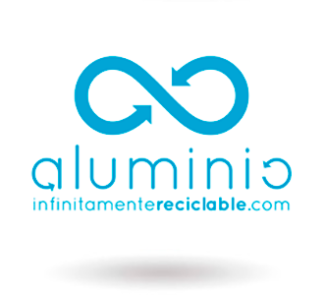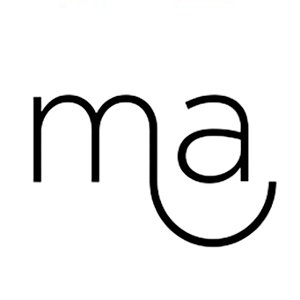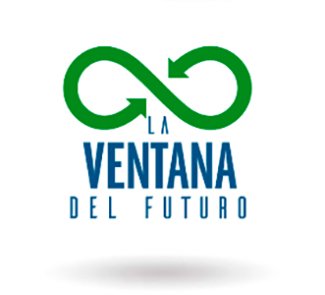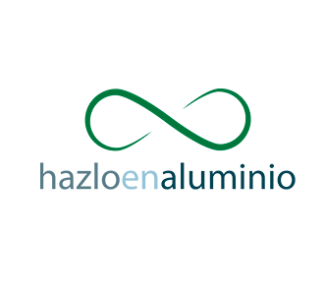History
Aluminium is the third most abundant element in the earth's crust, accounting for the 8% of it. It is not found in its free state, but its compounds have been used by mankind since ancient times (sands rich in hydrated aluminium silicates in pottery, aluminium salts in dyes and medicines).
In 1807 the English chemist Sir Humphrey Davy established the existence of aluminium. In 1825 the Danish physicist H.C. Oersted produced the first aluminium nodules. In 1831 P. Berthier discovered bauxite in the village of Les Baux (hence the name). In 1854, the Frenchman Henri Saint-Claire Deville developed a process that made possible to produce aluminium in small quantities and at a very high cost. Finally, in 1866, the electrolysis process used today was discovered almost simultaneously by Charles Martin Hall in the US and Paul Louis Toussaint Héroult in France. In 1888 Karl Bayer improved the process by reducing costs by 80% and thus turned aluminium into a commercial product.
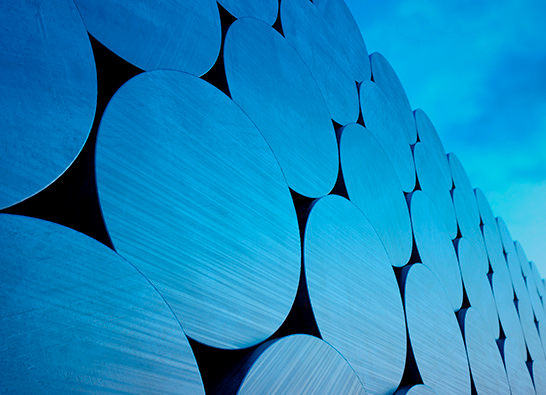
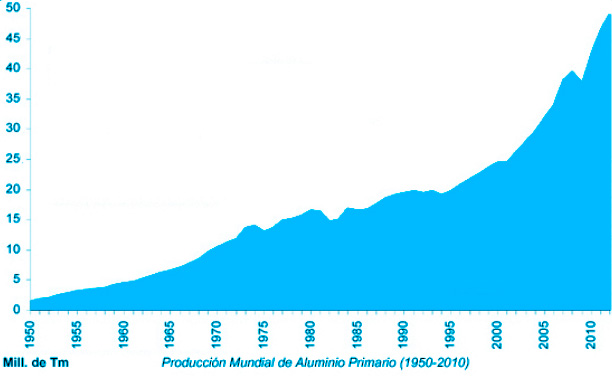
Initially aluminium was considered a precious metal, along with gold and silver, and since Napoleon III's cutlery, a wide variety of luxury items in aluminium appeared on the market. But its diverse and unique properties quickly made it a modern metal. The foresight of Jules Verne's genius led him to advocate the entry into the "aluminium age", succeeding that of iron (it was the only metal that allowed him to go to the moon). And from the period between the world wars, aluminium began its unstoppable development in all means of transport, in construction, in food packaging and in domestic applications. It would be hard to imagine our lives today without aluminium.
Properties of aluminium

Light, strong and long-lasting
Aluminium is a very light metal with a specific weight of 2.7 g/cm3, one third the weight of steel. Its strength can be adapted to the desired application by modifying its alloy composition.

Highly resistant to corrosion
Aluminium naturally generates an oxide layer which makes it highly resistant to corrosion. Different types of surface treatment can further enhance this property. It is particularly useful for products that require protection and preservation.

Excellent conductor of electricity
Aluminium is an excellent conductor of heat and electricity and, relative to its weight, is almost twice as good a conductor as copper.

Good reflective properties
Aluminium is a good reflector of both light and heat. This characteristic, together with its low weight, makes it the ideal material for reflectors, e.g. in the installation of fluorescent tubes, light bulbs or rescue blankets.
Advantages of aluminium in construction
A world of advantages
in a world of aluminium
Aluminium is one of the most abundant materials in the earth's crust. It is a soft, light metal which, when mixed with small amounts of other metals, produces a wide range of alloys with specific properties for a multitude of applications.
Just as skin protects the human body, Aluminium protects buildings from the elements, providing a high level of comfort inside.
Aluminium has excellent properties that make it a particularly suitable material for use in construction:
- Physical properties such as lightness, strength, durability, malleability and resistance to corrosion, give elements constructed with it great advantages in manufacturing and an infinite number of uses for the finished product. Products with a long useful life and of great influence in our lives.
- From this combination of characteristics we obtain products with extensive constructive solutions, which make possible, among other things, the construction of large glazing and large structural facades.
- The aesthetic possibilities are infinite, perfect and permanent over time: anodised, mechanical treatments, coloured coating, imitation wood coating,... to choose from an endless number of options. With a sustainable life cycle from beginning to end, it can be stated that Aluminium is practically 100% recyclable, its recovery rate in construction is 95%, and its recycling saves 95% of the energy used in its initial production.
AEA helps to make decisions
Useful links on aluminium
AENOR
American Association of Anodizers
Association of Metal Companies of Madrid - AECIM/a>
Spanish Association of Manufacturers of Lightweight Facades and Windows - ASEFAVE
European Aluminium Association - EA
European Aluminium Surface Treatment Association - ESTAL
Technical Building Code
CONFEMETAL
Desarrollo y Control Tecnológico, S.L. - DECOTECGBCe (Green Building Council España - Council for Sustainable Building in Spain)
Rehabilitation Grants


